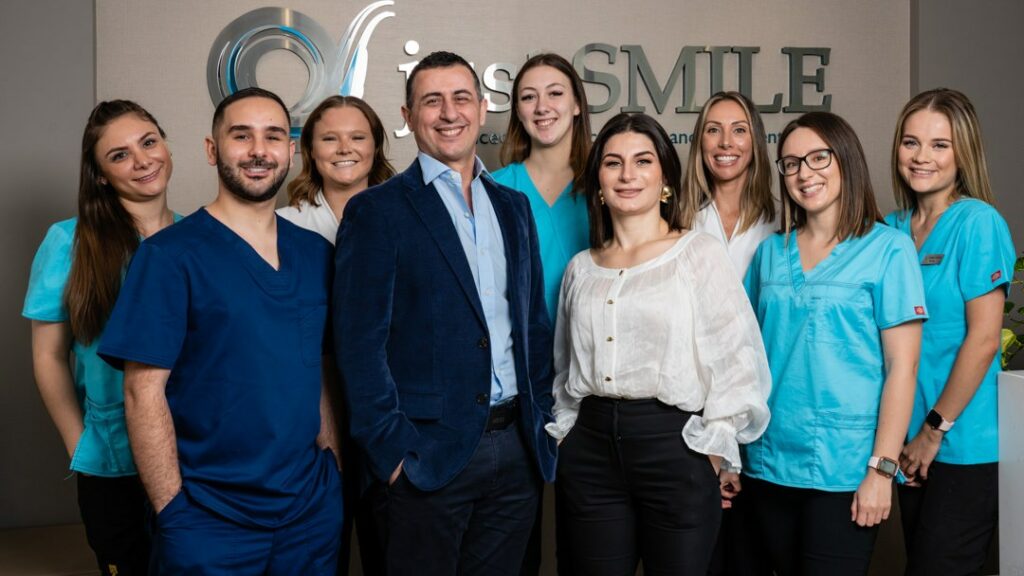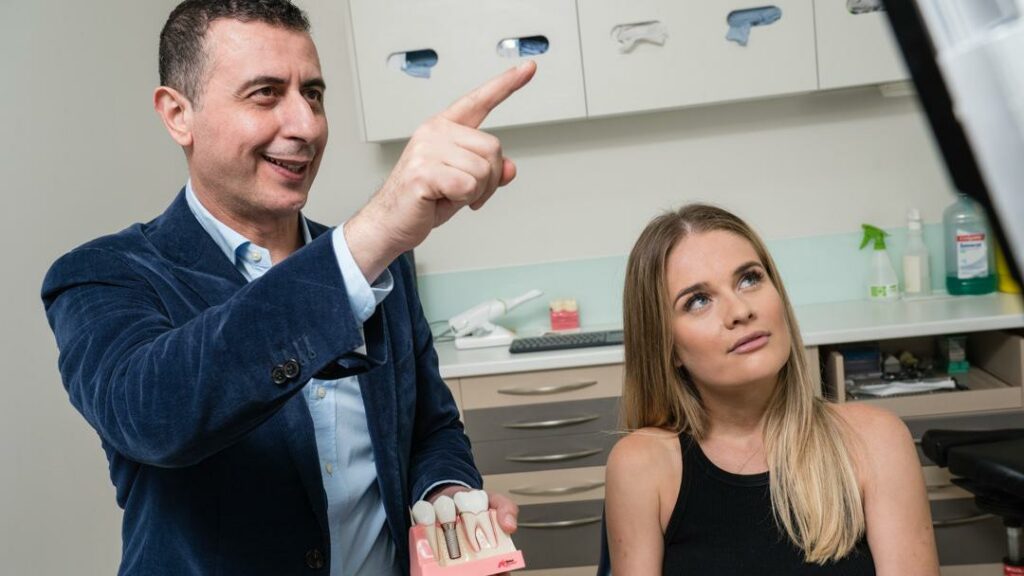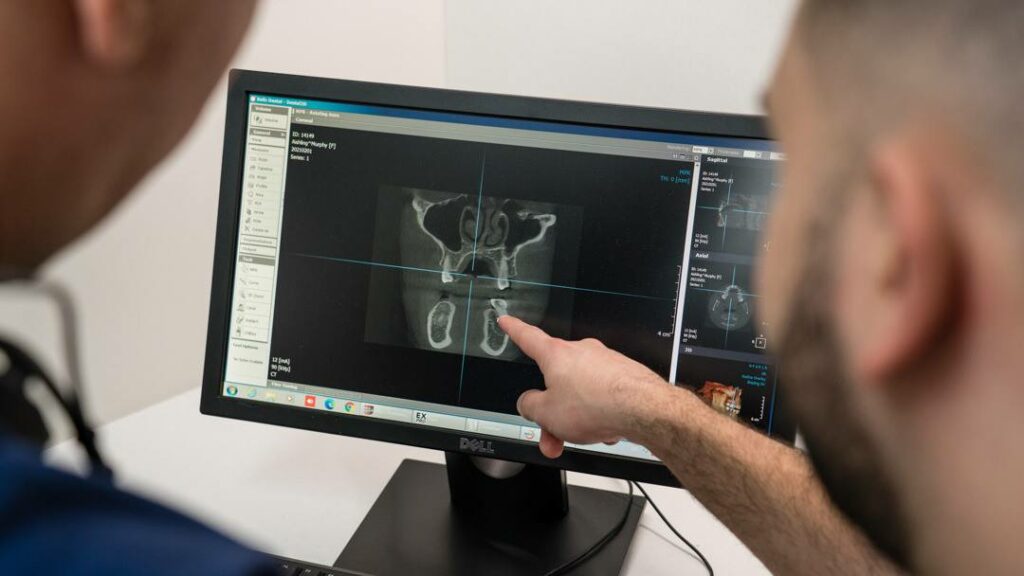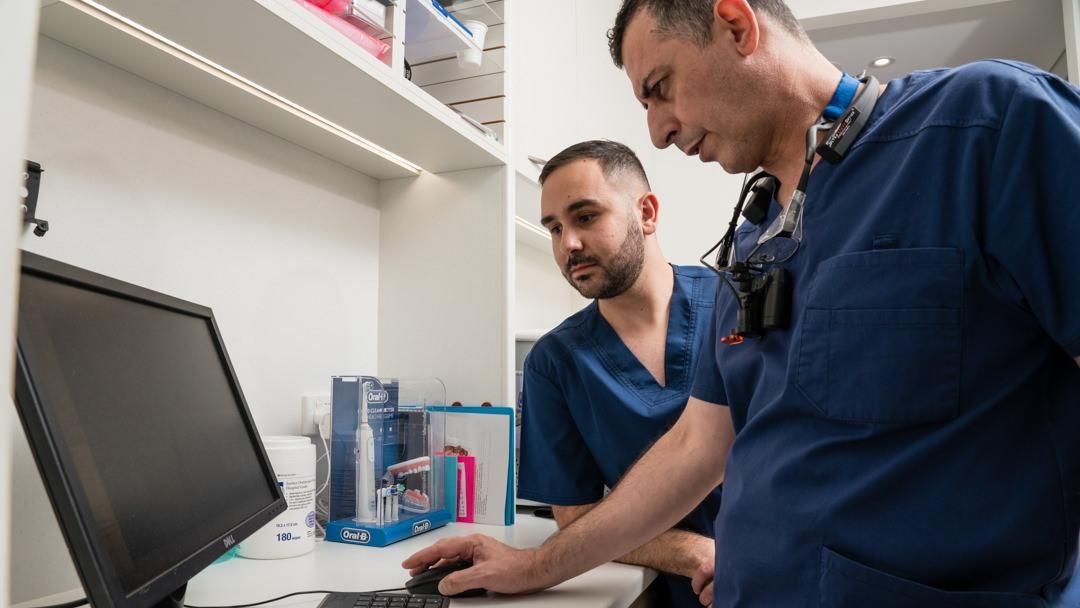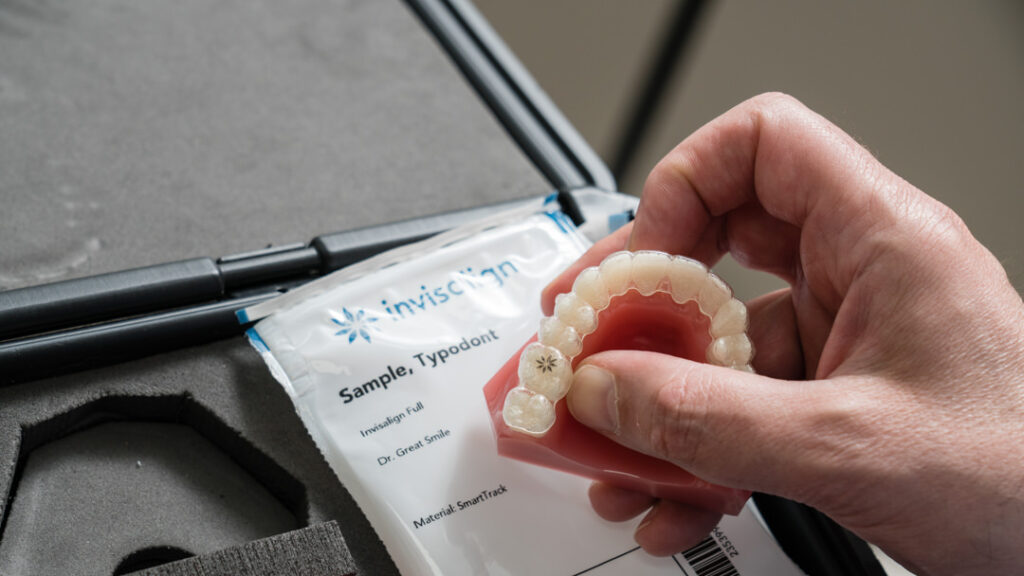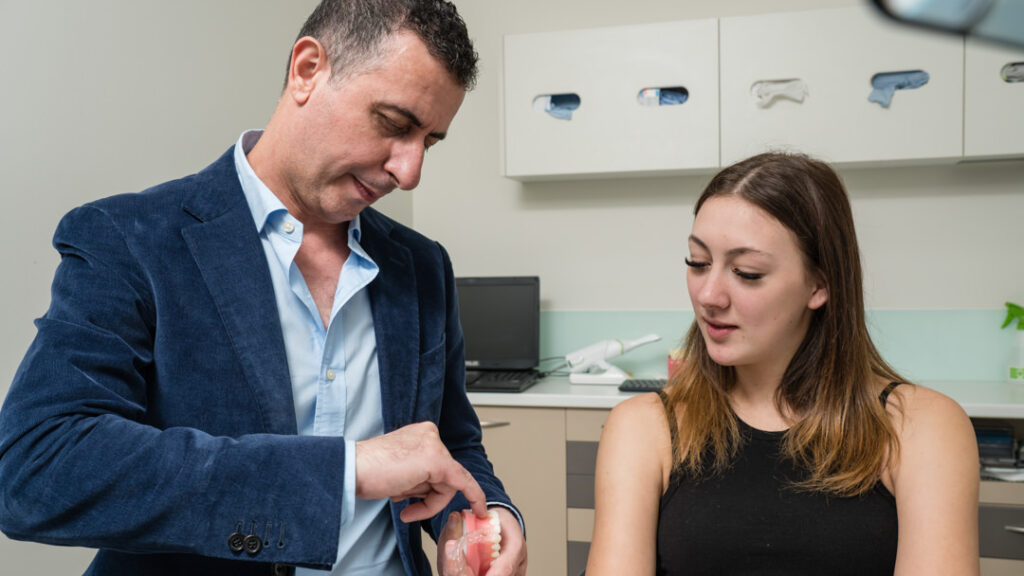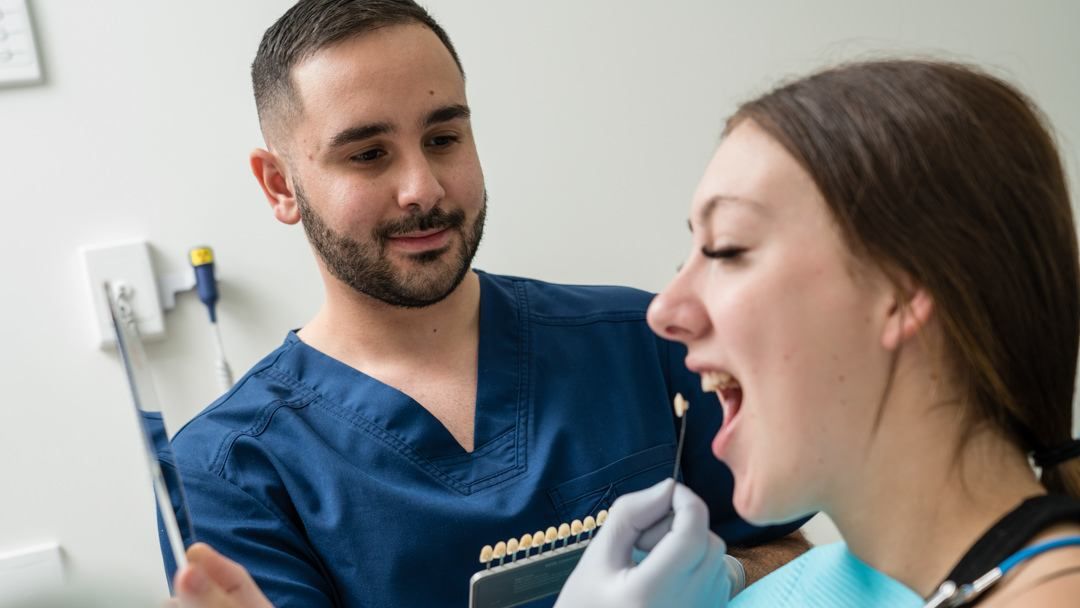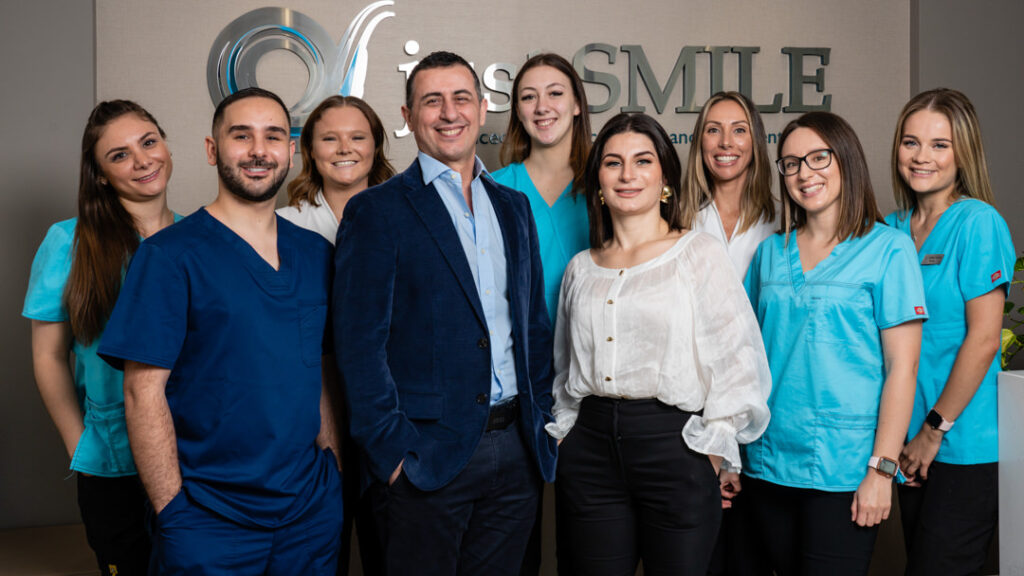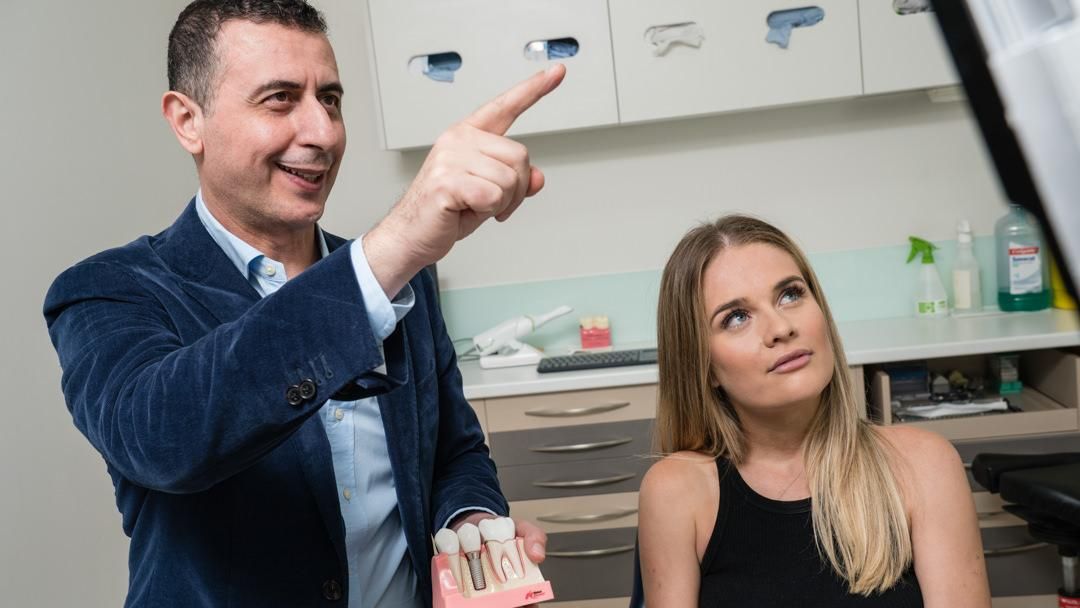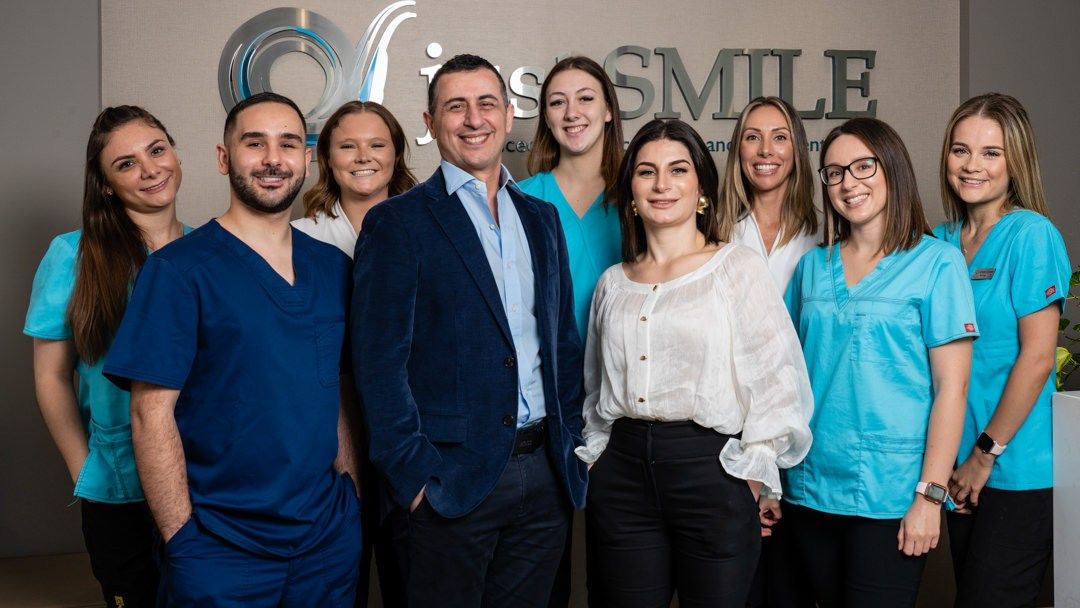All You Need To Know About Digital Smile Design: Discover How This Latest Treatment Can Improve Your Smile
Have you heard of Digital Smile Design (DSD)? This latest treatment is revolutionizing the way we think about dental care and transforming people’s smiles.
With DSD, dentists are now able to create customized treatment plans that meet each patient’s individual needs. It gives them the opportunity to craft beautiful and confident smiles that not only look good but also feel natural. By using advanced digital technology, dentists can make sure patients get exactly what they need in order to have their dream smile come true.
What Is Digital Smile Design?
Digital Smile Design (DSD) is a revolutionary form of dental treatment that combines the principles of cosmetic dentistry with cutting-edge digital technology. It enables careful analysis of the patient’s facial and dental structures. Through this process, a digital mockup of a new smile design can be created and presented to the patient before any treatment begins.
Digital Smile Design has become increasingly popular in recent years due to its ability to provide greater accuracy when it comes to planning out dental treatments. With this new technology, dentists are able to quickly identify areas where improvements may be necessary and develop tailored solutions for each patient’s unique needs.
DSD also offers enhanced visualization capabilities, such as 3D models. Just like a smile test drive, it allows dentists to assess an individual’s facial features and smile aesthetics prior to beginning treatment. This helps ensure that the end result looks natural and balanced, allowing patients to feel confident in their smiles once again.
At justSMILE Design Clinic, we understand how difficult it can be to achieve a beautiful set of teeth. That’s why our team of expert dentists is here to help guide you through every step of the way with DSD technology. We offer personalized advice in general or cosmetic dentistry that is tailored specifically to your needs and goals – no matter what they may be.
As a Digital Smile Design Clinic, our experienced professionals have all the knowledge needed to make sure each patient gets the best results possible from their DSD experience. So if you’re ready to take control of your confidence and finally get that amazing smile, come on down to justSMILE Design Clinic today.
To know more about our Digital Smile Design services, other dental treatment options, or aesthetic treatments, schedule an appointment by calling 02-9159-3764 or visit our website.
Benefits Of Digital Smile Design
Modern dentistry’s Digital Smile Design (DSD) offers various benefits, allowing patients to achieve an ideal smile with greater ease and efficiency than ever before. Here are four key advantages of DSD:
- Customization – Using digital imaging technology, DSD allows for customization of your smile design so it’s tailored to fit your unique facial structure. This ensures that the results look natural and harmonize well with your other features.
- Ideal Treatment Plan- The use of a digital scanner or 3D scanning also enables dentists to accurately plan each step of the treatment process, including the placement of dental restorations like implants and veneers.
- Efficient Solutions – With detailed images and data, dentists can create a comprehensive treatment plan that takes into account not only aesthetics but also functionality and long-term health outcomes too.
The Digital Smile Design Process
Digital Smile Design (DSD) is a technical tool that combines digital dentistry, advanced diagnostic software, and digital analysis to improve your smile. It’s designed for those who want to achieve the perfect aesthetic result as DSD can help you enhance your confidence by giving you a beautiful smile that looks natural and healthy.
The process of Digital Smile Design begins with an initial consultation where the dentist will discuss your desired results and take pictures of you and 3D scans of your mouth using modern technology like 3D imaging or intraoral scanners. The data collected from these digital images are then transferred into the computerized design program which allows the dentist to make precise adjustments in order to achieve the desired outcome.
During this step, the dentist will also analyze your facial features such as lips, gums, and teeth shape so they can create a customized treatment plan based on what works best aesthetically for each individual patient. Afterward, a 3D printed mockup of the proposed work is created and trialed on the patient over existing teeth using a temporary mockup material, photos will be taken to compare before and after.
This step is great or feedback from both the patient and doctor before any actual treatments begin.
In a nutshell, here’s the Digital Smile Design Process:
- Initial consultation – Discussing desired results & collecting necessary information.
- Entering data into a computerized design program – Making precise adjustments.
- Analyzing facial features – Creating personalized treatment plans.
- Mockup creation – Trialed and reviewed by both patient & doctor.
Using DSD helps ensure that every step of the dental procedure is planned out precisely according to each individual’s needs and desires; no more guesswork. Plus, because all steps are taken virtually first, there’s less chance of needing revisions later down the line saving time, money, and hassle along the way. With its promise of providing excellent care while creating beautiful smiles that last – it’s easy to see why people are turning their attention towards Digital Smile Design when it comes to improving their oral health and overall appearance too.
justSMILE Dental Clinic: Customizing Your Dream Smiles With Innovative Technology
At justSMILE Dental Clinic, we are proud to offer digital smile design as one of the most cutting-edge technology and life-changing treatments for improving your smile. Digital smile design takes into account an analysis of your teeth and mouth in order to create a customized plan tailored to you and your desired result. Our awesome team at justSMILE Dental Clinic wants what’s best for all our clients, which is why we specialize in this unique type of treatment.
Our experienced dentists use techniques such as 3D imaging and computer modeling to customize each patient’s dream smile. We strive to ensure that every client leaves with results they are completely satisfied with, offering them quality care and attention throughout the entire process.
At justSMILE Dental Clinic, we understand how important it is for everyone to feel confident about their smiles, so at justSMILE Dental Clinic we go above and beyond expectations when providing patients with digital smile designs and other dental services.
Don’t wait any longer and come visit us today. Let us help you achieve the perfect smile you’ve been dreaming of. Schedule an appointment by calling 02-9159-3764 or visiting our website.

